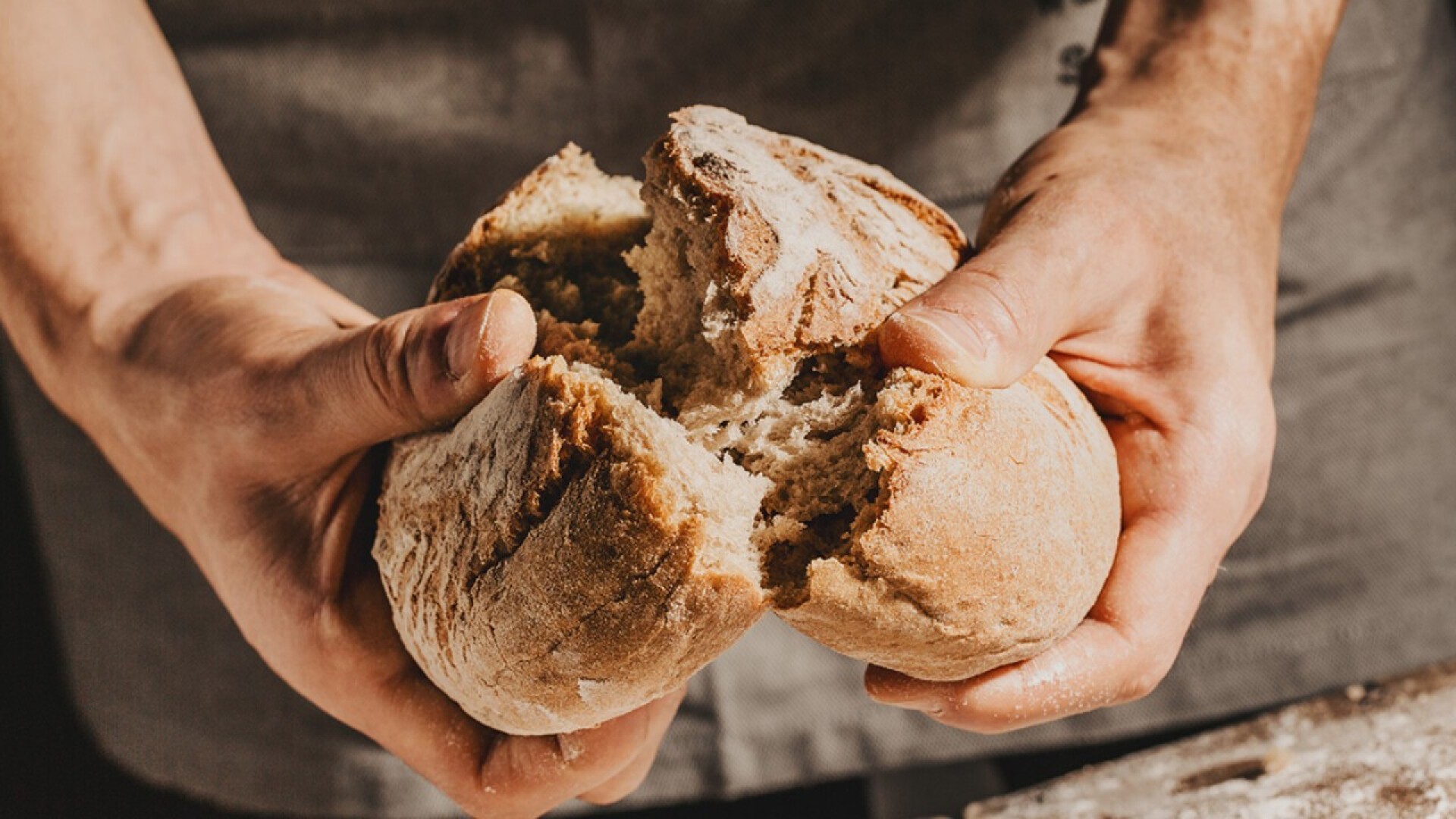Innovative food trends: How the baking industry is being redefined
The baking industry is experiencing a shift towards sustainable, healthier and innovative ingredients that not only enhance flavour but also reduce the environmental footprint.
More and more consumers are prioritising plant-based and environmentally friendly alternatives, which is driving the industry to rethink traditional recipes. One example is the growing popularity of egg alternatives: plant-based solutions such as aquafaba (the cooking water from chickpeas), linseed gel or chia seed gel are replacing eggs in many baking recipes. Not only do they offer a vegan alternative, they also have a smaller ecological footprint.
But it's not just egg alternatives that are shaping the future of baking. From algae bread to fermented flours - the possibilities for making baked goods more sustainable and innovative are many and varied. Below, we take a look at some of the most exciting trends and ingredients that are revolutionising the industry.
Upcycling food waste in bakery products
The trend towards zero-waste cuisine has also reached the baking industry. Companies are increasingly focussing on processing by-products from food production. One example is spent grains, a by-product of beer production that is rich in fibre and protein and is used in bread or crackers. Fruit and vegetable pomace from juice production, such as carrot or apple pomace, also finds its way into muffins, cakes and breads. This approach not only helps to reduce food waste, but also offers flavour innovations.
Fermented ingredients for improved flavour and nutrients
Fermentation is a growing trend that offers both health and flavour benefits. Fermented flours, such as fermented buckwheat or quinoa, are gaining popularity as they are easier to digest and can increase the nutritional content of baked goods. Fermented ingredients also give bread and pastries a natural acidity that adds depth of flavour. Combined with a return to traditional techniques such as sourdough bread, this creates an exciting field for innovation in the baking industry.
Algae: The superfood raw material
Algae are an innovation in the ingredient list of some bakeries. Whether in bread, muffins or doughnuts, the alternative ingredient is becoming increasingly popular as it offers numerous benefits. One of the most important benefits of the food trend is its high nutritional value. Algae are rich in protein, fibre and minerals. They also contain omega-3 fatty acids, which are important for heart and brain health. Another advantage of using superfoods as an alternative ingredient is their sustainability. Algae grows quickly, requires no fertilisers or pesticides and generally less water and land than other ingredients and raw materials. Using algae as an alternative ingredient can therefore help to reduce the environmental impact of .
New flavours through the use of algae
Another advantage of seaweed is its natural flavour. They have a slightly salty and nutty note, which harmonises well with sweet and savoury flavours. By using them, the baking industry could create a variety of new flavours and combinations. However, if this is not what you are looking for, there are also algae that are neutral in flavour - such as agar-agar algae.
Agar-agar algae - vegan, neutral in flavour and perfect for gluten-free baked goods
Agar-agar is a type of algae that can be used in the baking industry as a vegan alternative to gelling agents. It is obtained from various types of red algae and has a higher firmness than gelatine. The plant-based thickening agent can be used at higher temperatures, which makes this alternative suitable for the production of hot desserts or jellies. . Agar-agar is also tasteless and odourless. Other plus points: the food trend from South East Asia contains no calories, is rich in fibre and can be used as a binding and thickening agent in gluten-free baked goods
Despite all these benefits, there can also be challenges when using algae in the baking industry: For example, the superfood can affect the taste and colour of baked goods. Blue-green bread does not go down well with all customers. The price of algae can also be higher than for conventional baking ingredients.
Egg alternatives for a larger clientele
Another food trend is egg alternatives, as many customers are looking for vegan and allergen-free options. There are now several different ways to replace eggs in the baking industry - including plant-based and chemical options.
From aquafaba and bananas: popular products that can replace eggs in the bakery
A plant-based alternative to eggs is the use of apple sauce, bananas or plant-based yoghurt. These ingredients can be used as a binding agent in baked goods and completely replace eggs. They also add a natural flavour and can contribute to a softer texture. Another plant-based egg alternative is aquafaba, contained in the thick cooking water of chickpeas or other pulses. The water is whipped until it is stiff and can then be used as a substitute for egg whites. Aquafaba is a good choice for recipes that require egg whites, such as meringue, macarons and whipped cream.
Egg substitute made from plant-based ingredients: A versatile alternative to eggs
A chemical alternative to eggs is egg substitute, which is made from plant-based ingredients such as tapioca starch, soya flour or corn starch. Egg replacer is a versatile product that can be used both as a binding agent and as a leavening agent in baked goods. Compared to eggs, it has a longer shelf life and can be stored in large quantities.
However, following the food trend also harbours difficulties: Plant-based alternatives can affect the taste or colour of baked goods. Egg substitutes can be more difficult to process than eggs and may require adjustments to the baking time and temperature.
Are you interested in food trends?
Here you will find articles from our exhibitors and suppliers on this topic.

